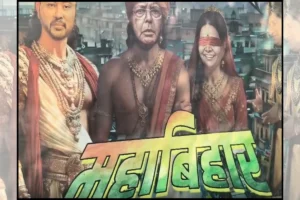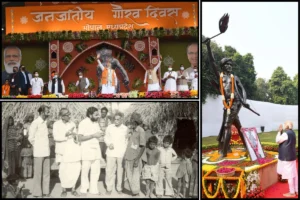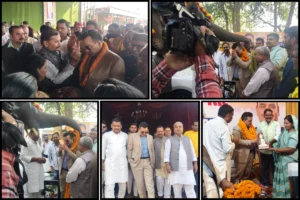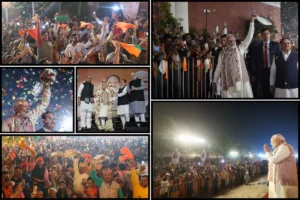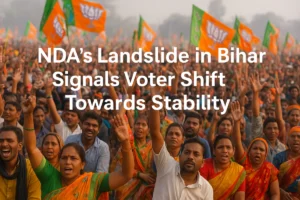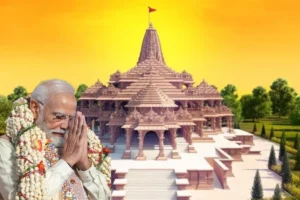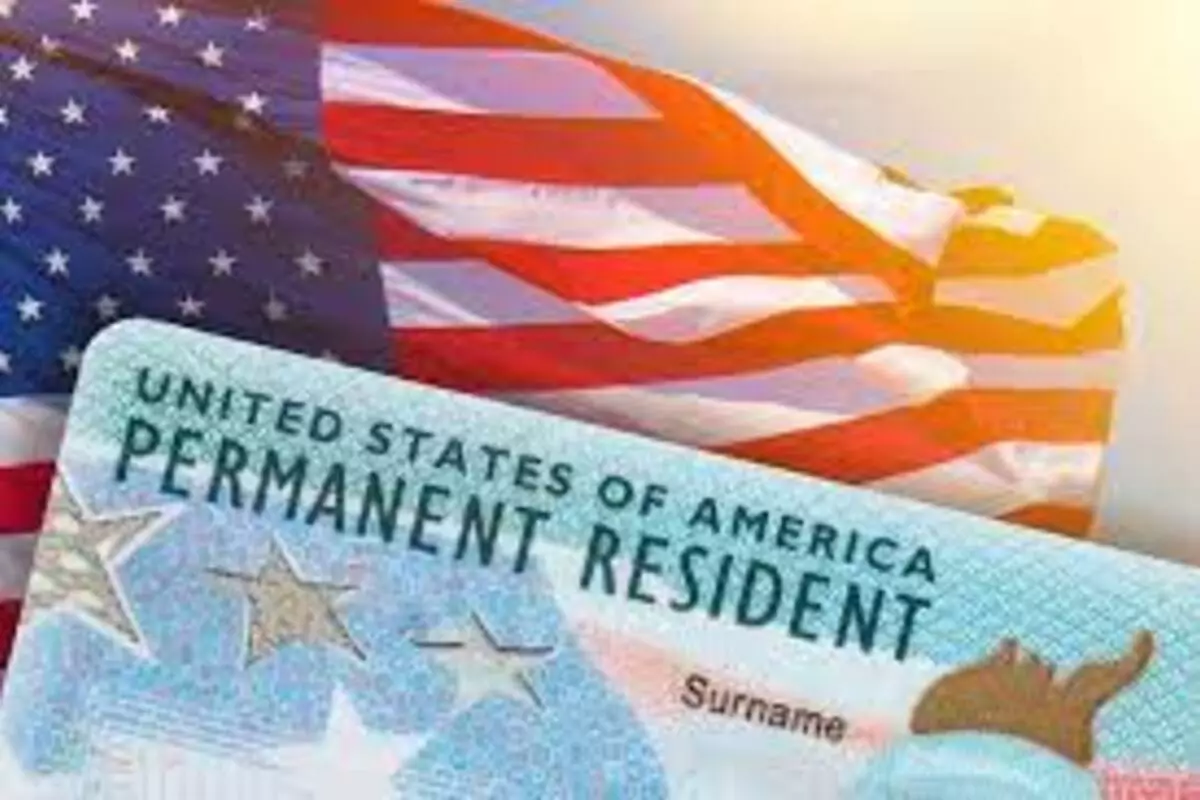
Green Card
A senior official said today the long and excruciating wait for green cards for persons from India, China, Mexico, and the Philippines is primarily due to the country-based quota system in its allocation which can be changed only by the US Congress.
A Green Card, also known as a Permanent Resident Card, is a document issued to immigrants to the United States as proof that the bearer has been granted the privilege of residing permanently. The per-country caps are numerical limits on the issuing of green cards to persons from specific nations.
Every year, around 140,000 employment-based green cards are issued. However, only seven percent of those green cards can go to individuals from a single country annually.
The Senior Advisor to the director of United States Citizenship and Immigration Services (USCIS), Douglas Rand said, “The annual limit established by Congress on family-sponsored preference green cards is 2,26,000 for the whole world while the annual limit on employment-based green cards is 1,40,000”.
During a virtual town hall organized by the State Department on visa and consular issues, Douglas Rand said that the per-country limit is set at seven percent of the total annual family-sponsored and employment-based preference limits.
In response to a question, Rand stated, “That means 25,620. That is why individuals from India, China, Mexico, and the Philippines typically face such long wait times than people from other countries”.
Rand further said, “There is demand for so many more than 25,620 green cards for both families and employment-based every year. Unfortunately, only Congress can change these annual limits. So our job is to do everything we can within these constraints to ensure that when those Green Card numbers are available, we make sure that they’re utilized each and every year”.
For hundreds of thousands of Indian professionals, the wait for Green Card has now lasted more than a decade, and visa wait times can often reach years.
The Senior Advisor said, “Suffice to say for now that it is about supply and demand. Congress has constrained supply. Demand continues to go up. Not just from India, but all over the world”.
“When the demand for a particular Green Card category or a country within a category exceeds the supply of numbers available then that category and country are considered oversubscribed”, Rand continued.
The State Department uses a cut-off date in the visa bulletin to ensure that visa use stays within yearly, category, and per-country limits. Congress determines the order of consideration.
“Retrogression means that due to the high demand for visas exceeding the statutory limits, visas are not available to all non-citizens who want them even if they’ve already filed an application for adjustment of status or otherwise for permanent residency”, he explained.
Rand stressed that the United States intends to continue improving the accuracy and comprehensiveness of its statistics on employment-based adjustment of status applications.
He went on to say, “Our goal is to resume publishing regular inventory reports”.
He pointed out that even when there is regress there are long-term benefits.
The official explained, “So, somebody who had the opportunity to file for adjustment of status but who then sees their cutoff date retrogresses, they’re still able to seek certain benefits. They can apply for employment authorization that is not tied to a particular employer. They can apply for advanced parole authorizing travel outside the United States”.
Douglas said, “Once that adjustment of status application has been pending for 180 days or more, they can port the underlying job opportunity to a new employer”.
“Depending on the facts of the case, children who have also applied for adjustment of status might not age out. That individual is generally considered to be in a period of authorized stay while the application is pending”, Rand added.
Due to the seven percent country cap, the number of employment-based green cards issued to Indians is around 7,000-8,000 each year.
This number includes dependents of primary applications, therefore approximately 2,000 individual H-1B applicants from India are granted green cards each year.
Every year, 85,000 H-1B work visas are given, with roughly 60 percent going to tech workers from India through a fair lottery system, totaling 51,000-60,000 H-1B visas.
The H1B visa is a non-immigrant visa that allows US companies to hire foreign workers in specialized vocations that require theoretical or technical knowledge.
Every year, technology companies rely on it to hire tens of thousands of workers from nations like India and China.
Also read: Navy Begins Sea Trials Of Kalvari Class Submarine Vaghsheer
To read more such news, download Bharat Express news apps







